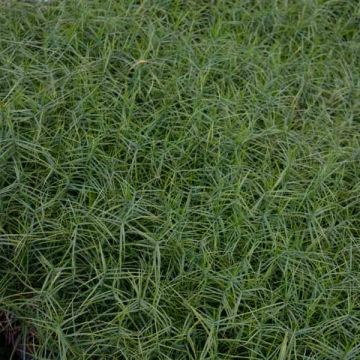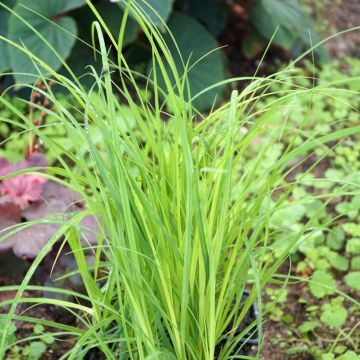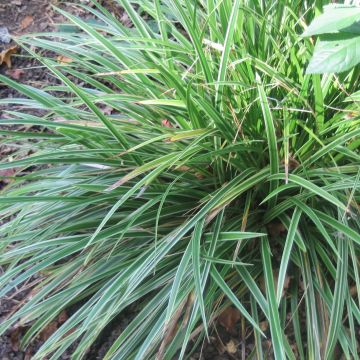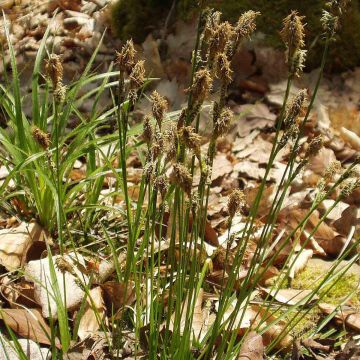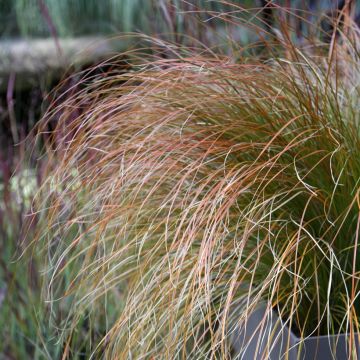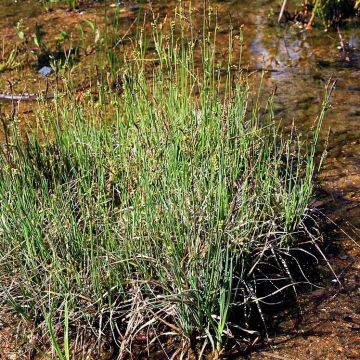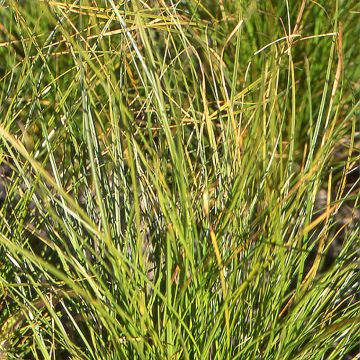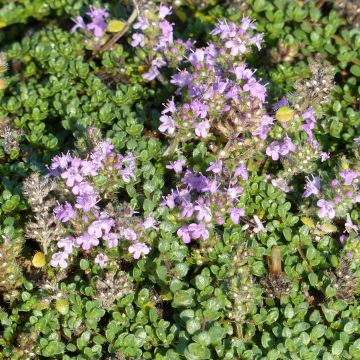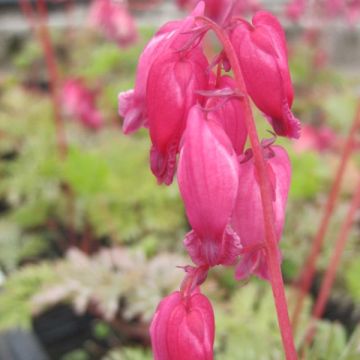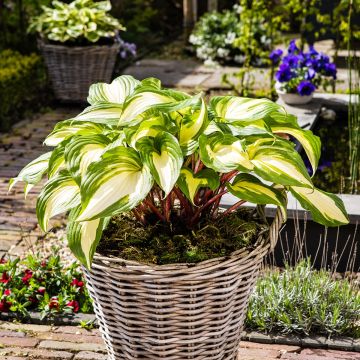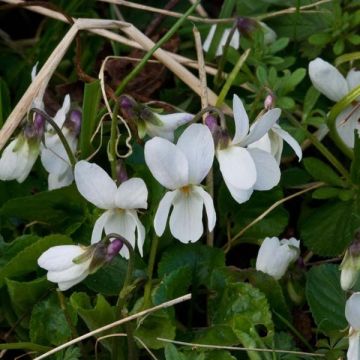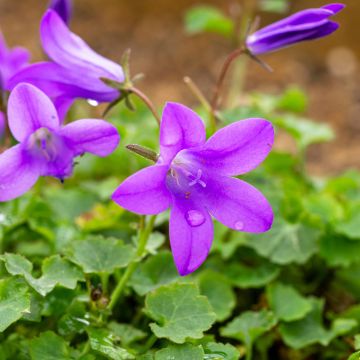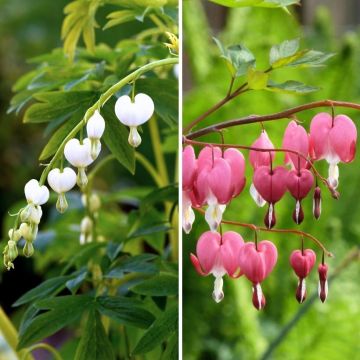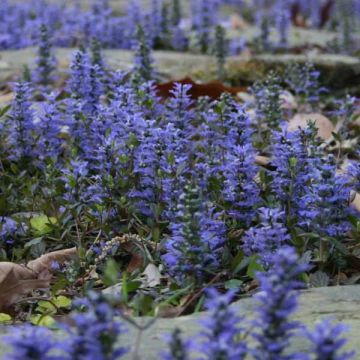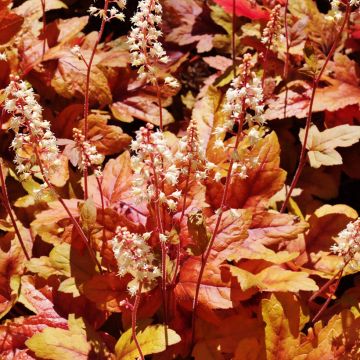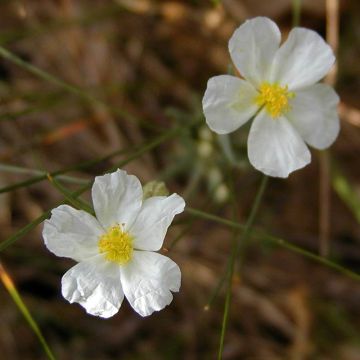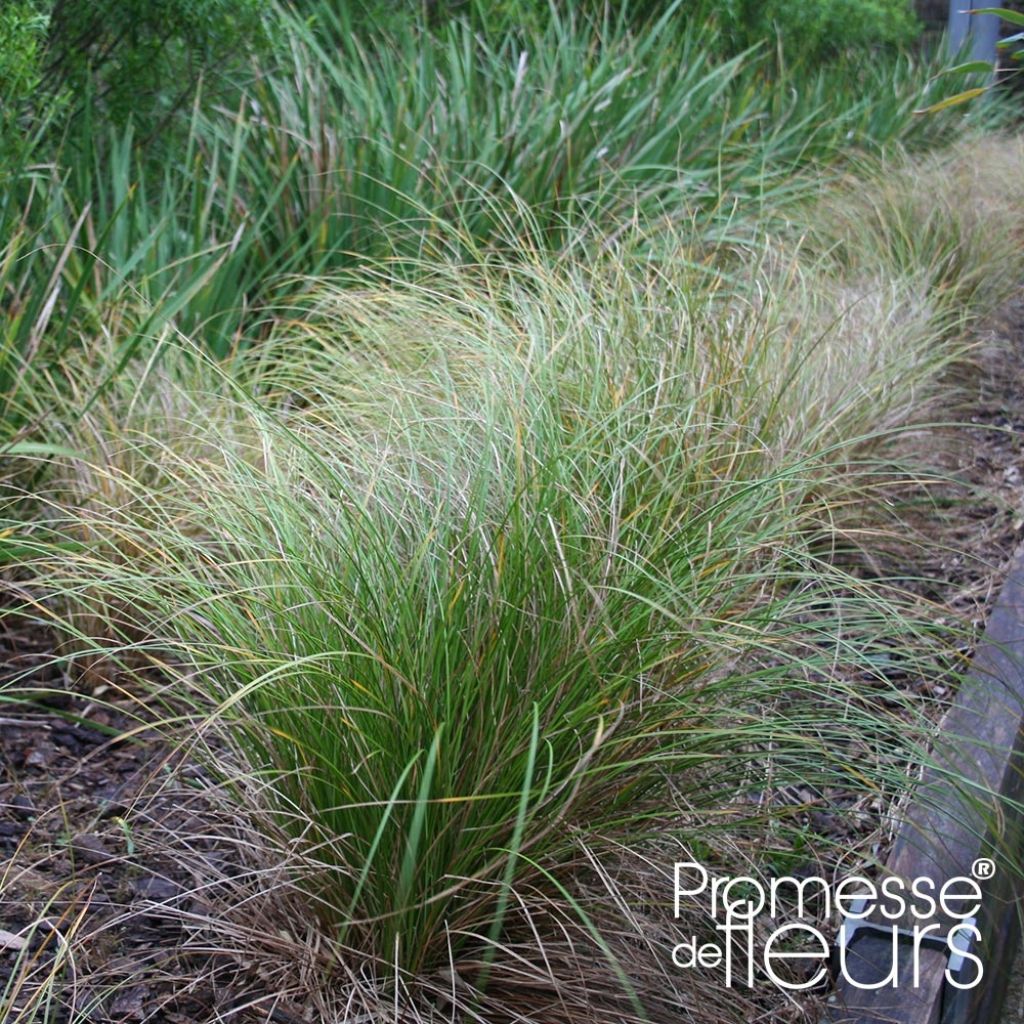

Carex flagellifera Kiwi
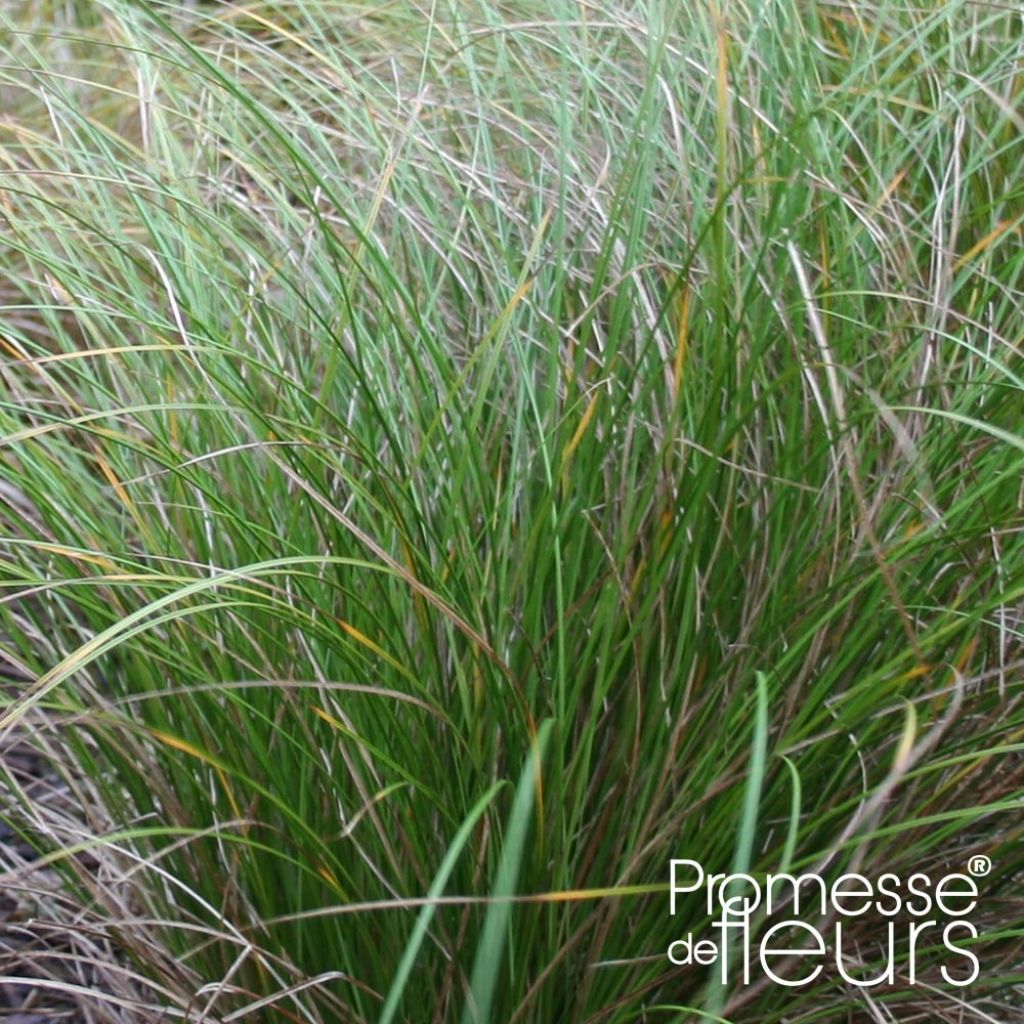

Carex flagellifera Kiwi
Carex flagellifera Kiwi
Carex flagellifera
Weeping Sedge, Brown Sedge, Sedge grass
Gorgeous, very pretty trailing clump. I put it in a pot hanging on a wall to create a vertical garden in the midst of other pots of heucheras, ferns, sedges, and stipa. It forms a lovely, light clump, very airy, and remains beautiful all year round.
Martine, 03/01/2022
This item cannot be shipped to the selected country
Delivery charge from €5.90
More information
Schedule delivery date,
and select date in basket
This plant carries a 12 months recovery warranty
More information
We guarantee the quality of our plants for a full growing cycle, and will replace at our expense any plant that fails to recover under normal climatic and planting conditions.
From €5.90 for pickup delivery and €6.90 for home delivery
Express home delivery from €8.90.
Does this plant fit my garden?
Set up your Plantfit profile →
Description
Carex flagellifera 'Kiwi' is a spectacular variety with varied shades of light green, almost fluorescent foliage! It is a perennial with grass-like foliage forming an upright clump of slender, flexible leaves, ranging from tender green to yellow-green with coppery tips, gracefully trailing in cascades. Bright and evergreen, it enhances the garden all year round and brings light to shady corners. This sedge is not demanding, as long as the soil is not too dry or heavy. It grows quickly and easily, in partial shade as well as in full sun. It is ideal for mass planting to form medium-sized borders or sprinkled in groups to create a more natural effect and a permanent structure in the garden. It also thrives in pots and containers, where its trailing foliage can be particularly highlighted.
Carex flagellifera is also called Whippoorwill Sedge, probably because of its long, thin, curly leaves resembling 'whips'. It is similar in appearance to Carex buchananii and Carex testacea, with highly ornamental colours throughout the year. Carex flagellifera (synonym Carex lucida) belongs to the Cyperaceae family, and is native to New Zealand. The 'Kiwi' variety forms an upright tuft, with the tips trailing to the ground, reaching a height of 80cm (32in) and a width of 40cm (16in). It produces floral stems that resemble leaves, elongating with the fruit's growth, eventually forming a tangled mass on the ground. It is appreciated in the garden not so much for its insignificant flowers, but for its wild mane-like appearance and its bright, acidic colour. Simply surround it with orange flowers for a sumptuous mix!
We grow this sedge in a well-exposed grass garden on a south-facing slope. It is an attractive and versatile 'grass' that adapts to any soil that is not too dry or too clayey. This resilient perennial can be used in challenging areas such as urban gardens as ground cover, where it can play a significant role in soil stabilisation on slopes. It is also a good plant for containers, to be placed on balconies or patios. Carex flagellifera 'Kiwi' marks its space with its yellow-green and orange mane, even on a sunny winter day, under a low, yellow sun. Imagine a beautiful winter scene dominated by the "daughters of the wind": this trailing sedge will look phenomenal accompanied by grasses like Stipa tenuifolia or S. capillata, Muhlenbergia capillaris, and 'blue oat grass' (Helictotrichon sempervirens), with clumps interspersed with small evergreen shrubs like heathers or germander oak. When planted en masse along a path or alley, it will emphasise and soften the layout, whether in a contemporary or rural garden.
With 1000 species of sedges growing worldwide, you are sure to find one that suits your garden. They can be found in all environments where plants grow. Some adapt very easily to many situations and any garden soil, while others must be cultivated in their specific environment. Make your choice!
Report an error about the product description
Carex flagellifera Kiwi in pictures
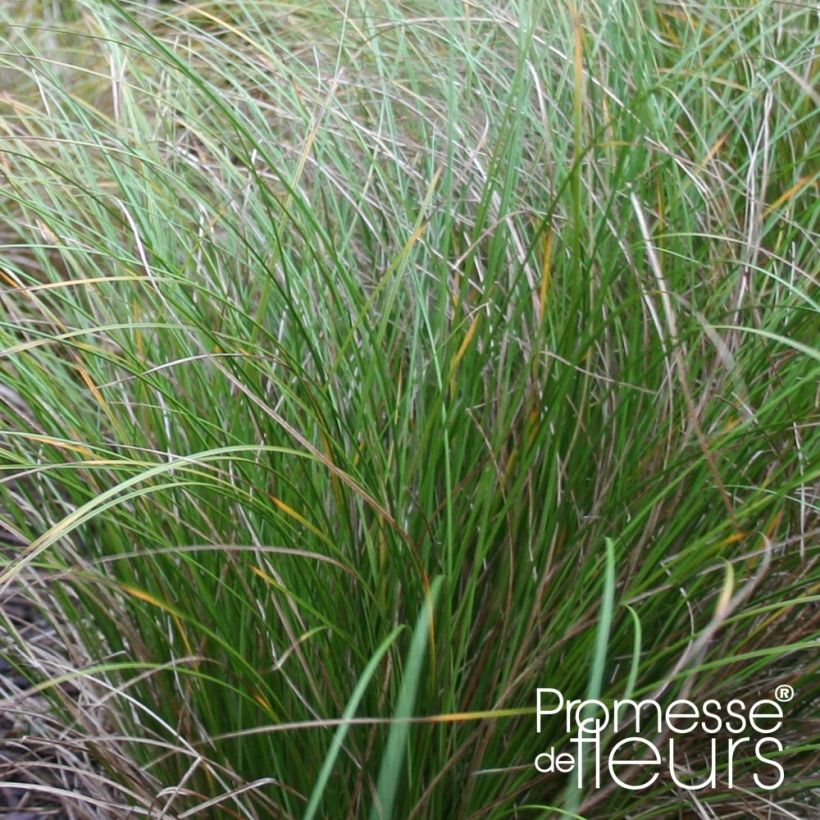

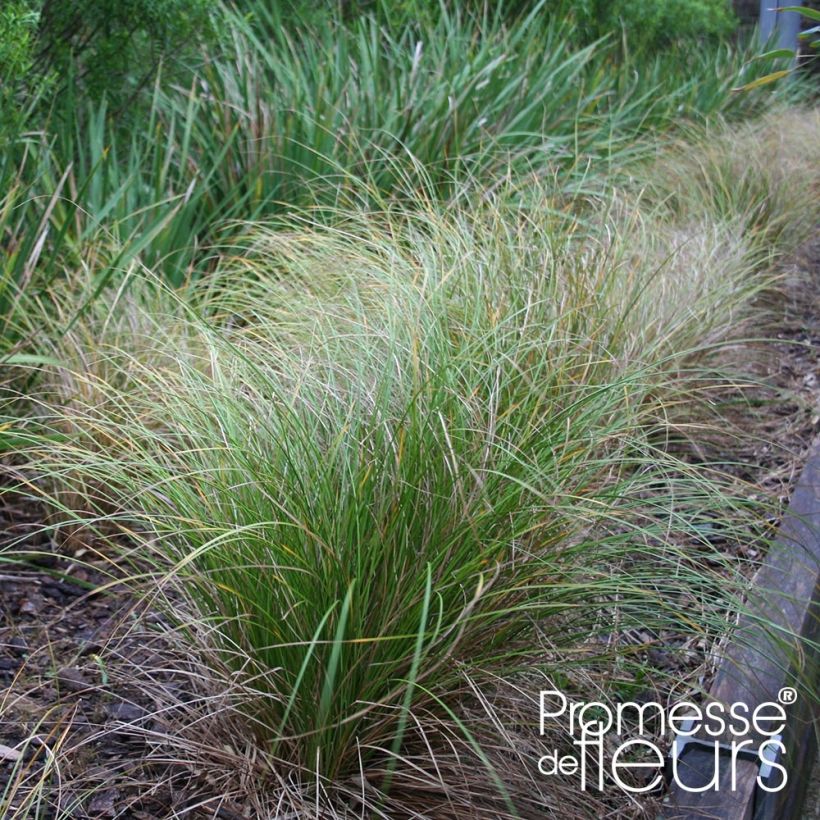

Flowering
Foliage
Plant habit
Botanical data
Carex
flagellifera
Cyperaceae
Weeping Sedge, Brown Sedge, Sedge grass
Cultivar or hybrid
Other Carex
Planting and care
Prepare a planting hole that is 20x20x20cm (8x8x8in) in size. If your soil is heavy, mix some compost with the crumbled soil, partially fill the hole, and place your plant so that the top of the root ball is covered with 3cm (1in) of soil. Firmly press down and water generously to eliminate air pockets. In dry weather, you will need to water regularly for a few weeks to facilitate the establishment of your young plant.
Planting period
Intended location
Care
-
, onOrder confirmed
Reply from on Promesse de fleurs
Ground cover perennials
Haven't found what you were looking for?
Hardiness is the lowest winter temperature a plant can endure without suffering serious damage or even dying. However, hardiness is affected by location (a sheltered area, such as a patio), protection (winter cover) and soil type (hardiness is improved by well-drained soil).

Photo Sharing Terms & Conditions
In order to encourage gardeners to interact and share their experiences, Promesse de fleurs offers various media enabling content to be uploaded onto its Site - in particular via the ‘Photo sharing’ module.
The User agrees to refrain from:
- Posting any content that is illegal, prejudicial, insulting, racist, inciteful to hatred, revisionist, contrary to public decency, that infringes on privacy or on the privacy rights of third parties, in particular the publicity rights of persons and goods, intellectual property rights, or the right to privacy.
- Submitting content on behalf of a third party;
- Impersonate the identity of a third party and/or publish any personal information about a third party;
In general, the User undertakes to refrain from any unethical behaviour.
All Content (in particular text, comments, files, images, photos, videos, creative works, etc.), which may be subject to property or intellectual property rights, image or other private rights, shall remain the property of the User, subject to the limited rights granted by the terms of the licence granted by Promesse de fleurs as stated below. Users are at liberty to publish or not to publish such Content on the Site, notably via the ‘Photo Sharing’ facility, and accept that this Content shall be made public and freely accessible, notably on the Internet.
Users further acknowledge, undertake to have ,and guarantee that they hold all necessary rights and permissions to publish such material on the Site, in particular with regard to the legislation in force pertaining to any privacy, property, intellectual property, image, or contractual rights, or rights of any other nature. By publishing such Content on the Site, Users acknowledge accepting full liability as publishers of the Content within the meaning of the law, and grant Promesse de fleurs, free of charge, an inclusive, worldwide licence for the said Content for the entire duration of its publication, including all reproduction, representation, up/downloading, displaying, performing, transmission, and storage rights.
Users also grant permission for their name to be linked to the Content and accept that this link may not always be made available.
By engaging in posting material, Users consent to their Content becoming automatically accessible on the Internet, in particular on other sites and/or blogs and/or web pages of the Promesse de fleurs site, including in particular social pages and the Promesse de fleurs catalogue.
Users may secure the removal of entrusted content free of charge by issuing a simple request via our contact form.
The flowering period indicated on our website applies to countries and regions located in USDA zone 8 (France, the United Kingdom, Ireland, the Netherlands, etc.)
It will vary according to where you live:
- In zones 9 to 10 (Italy, Spain, Greece, etc.), flowering will occur about 2 to 4 weeks earlier.
- In zones 6 to 7 (Germany, Poland, Slovenia, and lower mountainous regions), flowering will be delayed by 2 to 3 weeks.
- In zone 5 (Central Europe, Scandinavia), blooming will be delayed by 3 to 5 weeks.
In temperate climates, pruning of spring-flowering shrubs (forsythia, spireas, etc.) should be done just after flowering.
Pruning of summer-flowering shrubs (Indian Lilac, Perovskia, etc.) can be done in winter or spring.
In cold regions as well as with frost-sensitive plants, avoid pruning too early when severe frosts may still occur.
The planting period indicated on our website applies to countries and regions located in USDA zone 8 (France, United Kingdom, Ireland, Netherlands).
It will vary according to where you live:
- In Mediterranean zones (Marseille, Madrid, Milan, etc.), autumn and winter are the best planting periods.
- In continental zones (Strasbourg, Munich, Vienna, etc.), delay planting by 2 to 3 weeks in spring and bring it forward by 2 to 4 weeks in autumn.
- In mountainous regions (the Alps, Pyrenees, Carpathians, etc.), it is best to plant in late spring (May-June) or late summer (August-September).
The harvesting period indicated on our website applies to countries and regions in USDA zone 8 (France, England, Ireland, the Netherlands).
In colder areas (Scandinavia, Poland, Austria...) fruit and vegetable harvests are likely to be delayed by 3-4 weeks.
In warmer areas (Italy, Spain, Greece, etc.), harvesting will probably take place earlier, depending on weather conditions.
The sowing periods indicated on our website apply to countries and regions within USDA Zone 8 (France, UK, Ireland, Netherlands).
In colder areas (Scandinavia, Poland, Austria...), delay any outdoor sowing by 3-4 weeks, or sow under glass.
In warmer climes (Italy, Spain, Greece, etc.), bring outdoor sowing forward by a few weeks.


































